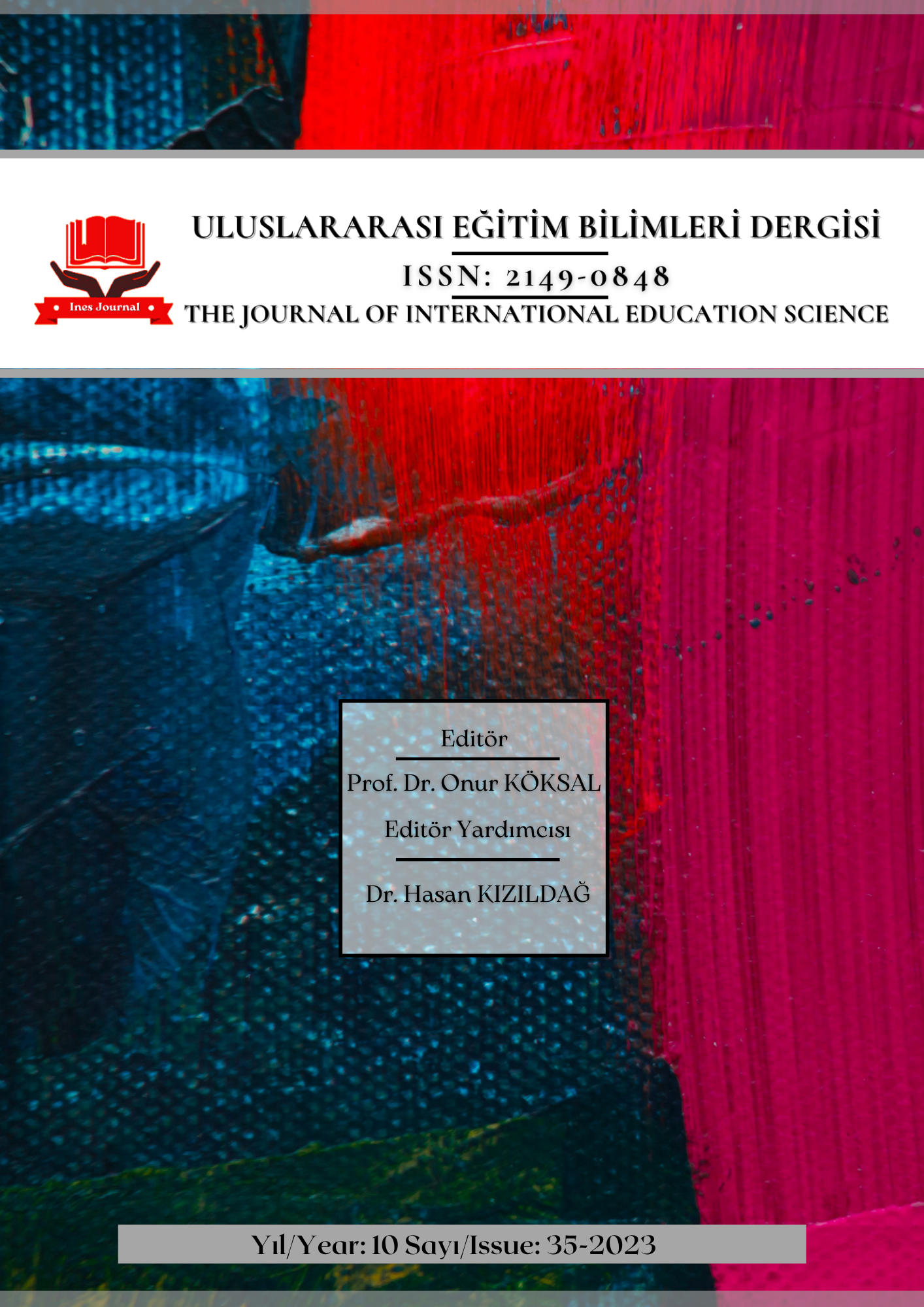Author :
Abstract
Bu çalışmada piyano eğitiminde analize dayalı örgütleme stratejisi kullanmanın öğrencilerin deşifre eserine adaptasyonuna ve deşifre eserini seslendirmelerindeki düzeye etkisi incelenmiştir. Çalışma için özel bir kursta piyano eğitimi alan ve yaşları 11 ile 12 arasında değişen 8 öğrenci belirlenmiştir. Deney ve kontrol grupları biçiminde gruplara ayrılan öğrenciler ile uygulama yapılmıştır. Uygulamada kontrol grubu ile klasik bir deşifre çalışması yapılmış, deney grubu ile aynı deşifre örgütleme stratejisi ile planlanarak yürütülmüştür. Strateji uygulanırken her bir bölüm için eşit sayıda tekrar yapılması, eser içerisindeki bazı notalar ve işaretlerin çözümlenmesi uygulamaları yapılmıştır. Uygulama esnasında öğrencilerin deşifre çalma performansları deşifre puanlama anahtarı ile puanlanmıştır. Elde edilen veriler istatistiksel olarak işleme tabi tutulmuş, parametrik olmayan testler tercih edilmiş ve Mann Whitney U testi yardımıyla gruplar arası değişim gözlenmiştir. Sonuçlara göre deney grubunun kontrol grubuna göre kısmen daha başarılı olduğu söylenilebilir. Deney grubundaki öğrenciler analize dayalı örgütleme uygulamasında kontrol grubu öğrencilerine göre yaklaşık 10-15 puan daha yüksek puanlar almışlardır.
Keywords
Abstract
In this study, the effect of using an analysis-based organization strategy in piano education on the adaptation of students to the sight-reading piece and the level of their vocalization of the sight-reading piece was investigated. Eight students aged between 11 and 12 who received piano training in a special course were determined for the study. The application was made with the students who were divided into groups as experimental and control groups. In practice, a classic sight-reading study was conducted with the control group, and it was planned and carried out with the same sight-reading organization strategy as the experimental group. While applying the strategy, it was practiced to repeat an equal number of each section, and to analyze some notes and signs in the piece. During the application, the students' sight-playing performances were scored with the sight-reading rubric. The obtained data were processed statistically, non-parametric tests were preferred and the variation between groups was observed with the help of Mann Whitney U test. According to the results, it can be said that the experimental group was partially more successful than the control group. The students in the experimental group got about 10-15 points higher than the students in the control group in the application of organization based on analysis.





